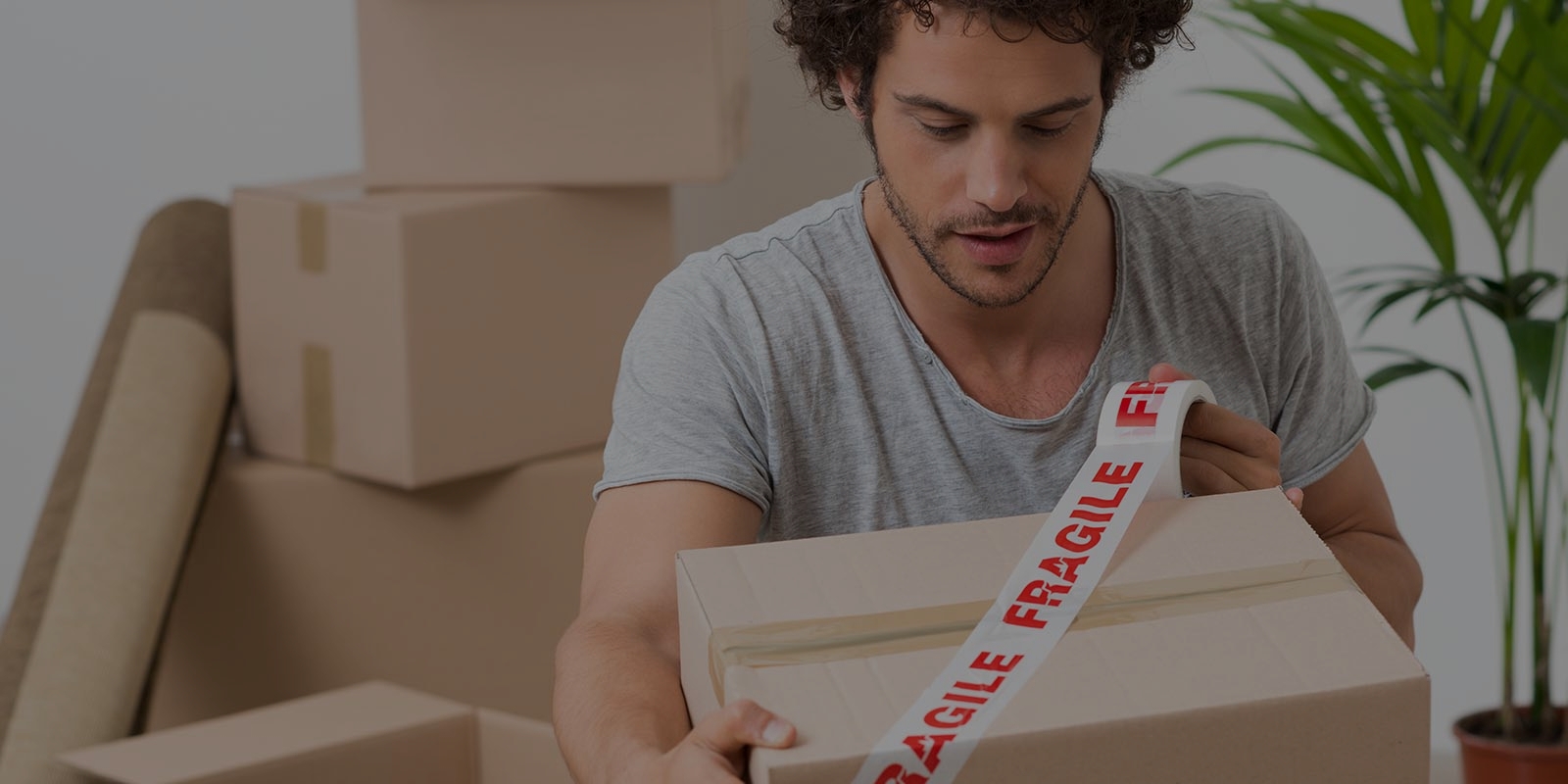The Dangers of DIY Piano Moving: Trust the Pros
Posted on 01/07/2025
The Dangers of DIY Piano Moving: Trust the Pros
Moving a piano is no ordinary task. While the prospect of saving a few dollars by handling the move yourself may seem tempting, the risks associated with DIY piano moving can be significant--both to your cherished instrument and to your personal safety. In this comprehensive article, we'll explore why professional piano movers should be your first call when it's time to relocate your piano, whether it's an upright, a grand, or any other type. Learn about the hidden dangers, common mistakes, financial costs, and the undeniable advantages of trusting the experts.
Understanding the Unique Challenge of Piano Moving
Pianos, whether grand or upright, are among the heaviest and most delicate items found in homes and music venues. Their complex internal mechanisms, combined with their substantial size and weight, make moving them a logistical challenge. Let's look a bit closer at what makes these instruments so difficult to transport:
- Weight: Pianos can weigh anywhere from 300 to over 1,400 pounds.
- Sensitivity: Internal components are precision-made and susceptible to jarring, banging, or tilting.
- Awkward Shape: Pianos are often bulky and lack good places to grip, increasing the risk of dropping or tipping the instrument.
- Delicate Finishes: The wooden exteriors and polished finishes can be easily scratched, chipped, or dented.
Attempting a piano move without the right experience and equipment is akin to inviting disaster.

Top Risks and Dangers of DIY Piano Moving
1. Personal Injury
Your health and safety should always come first. Pianos are notoriously difficult to handle due to their weight distribution. Lifting or maneuvering one without proper technique and gear can result in:
- Back injuries from improper lifting or sudden weight shifts.
- Cuts, bruises, and crush injuries from trapped fingers or dropping the instrument.
- Strains and sprains due to awkward positioning and overexertion.
In severe cases, mishaps during a DIY piano move can cause life-changing injuries or even be fatal--especially on stairs or tight landings.
2. Damage to Your Piano
Moving a piano without professional training dramatically increases the risk of permanent damage. Potential issues include:
- Soundboard cracks, leading to tonal loss or buzzing.
- Misaligned or broken keys, pedals, and hammers that affect playability.
- Scratches, chips, and finish damage to the exterior, diminishing aesthetic and resale value.
- String breakage from improper handling or tilting.
Even minor damages can result in costly repairs or the complete loss of the instrument's value.
3. Property Damage
A falling or sliding piano is a serious threat to your home or venue. Without proper moving dollies, pads, and ramps:
- You can tear up carpeting and scratch wooden floors.
- Door frames, walls, and banisters are at high risk of dents and gouges.
- Stairs and entryways can be damaged or destroyed if a piano slips or drops unexpectedly.
Unlike professional piano movers, DIY attempts seldom have the correct protective equipment to shield your property.
4. Underestimating Equipment Needs
Piano moving requires specialized equipment, including:
- Piano dollies and skid boards specifically designed for heavy instruments.
- Straps and harnesses to secure the piano and control motion.
- Protective blankets and padding to prevent surface damage.
- Ramps and stair climbers for smooth transitions over obstacles.
Most households simply don't have access to this gear, making amateur moves much riskier.
5. Insurance Gaps and Liability
DIY movers typically lack insurance coverage for accidental injuries, property damage, or harm to the piano itself. Professional piano moving companies carry appropriate insurance that protects you and your instrument, adding an extra layer of peace of mind.
Common DIY Piano Moving Mistakes
If you're still considering moving a piano yourself, beware of these frequent errors that can turn your move into a nightmare:
- Underestimating the weight and size of the piano.
- Using inadequate manpower, assuming two people can handle it when four or more are needed.
- Improper lifting techniques, resulting in injury or dropped instruments.
- Skipping the use of protective covers or blankets, exposing surfaces to scratches.
- Attempting to move a piano up or down stairs without ramps or sufficient helpers.
- Forgetting to lock the keyboard lid and secure moving parts, risking internal damage.
- Failing to measure doorways and corridors before moving, resulting in stuck instruments.
Even experienced DIY-ers rarely anticipate all these challenges.
The Costs of Amateur Piano Moving: It's More Than You Think
Many assume that moving a piano themselves will save money, but the real costs can add up quickly:
- Repair expenses for internal or external damage.
- Medical bills from injuries sustained by you or your helpers.
- Property damage that's not covered by insurance.
- The decrease in value if your piano is scratched, chipped, or structurally compromised.
Professional piano movers come with a price tag, but their expertise and insurance often make them the more affordable--and certainly safer--option in the long run.
Why Trust Professional Piano Movers?
1. Specialized Training and Experience
Expert piano movers undergo extensive training to understand the mechanics, weight distribution, and safe lifting techniques specific to every type of piano. This knowledge allows them to:
- Plan a safe moving route through tight doorways and staircases.
- Select appropriate moving tools and packing materials.
- Keep internal components safe during jostling and transit.
- Protect the instrument and building using padding, ramps, and other gear.
2. Access to the Right Equipment
Professionals arrive equipped with:
- Heavy-duty piano boards, dollies, and straps.
- Cushioned blankets, covers, and shrink wrap.
- Tools for disassembling and reassembling parts if necessary.
- Insurance-protected vehicles designed to keep your piano stable and safe during transit.
All these tools drastically reduce the risks that come with DIY moves.
3. Piano Protection and Insurance
Leading piano moving companies carry comprehensive insurance policies that protect you against accidents, damage, and loss throughout the moving process. So, even in the rare event of an incident, your investment is secure.
4. Efficient and Stress-Free Moves
Hiring professionals frees you from the anxiety, hassle, and physical strain of moving your piano. Moving technicians:
- Assess potential obstacles before the move.
- Handle all logistics, from lifting to loading and unloading.
- Often provide re-tuning services or referrals post-move, ensuring your instrument sounds its best after the relocation.
5. Versatility for All Types of Moves
Whether you're relocating a baby grand to a concert stage, moving an upright into an upper-floor apartment, or storing your antique square piano, professional piano movers have the expertise to handle the job safely and efficiently.
Case Studies: When DIY Piano Moving Goes Wrong
The Basement Grand Piano Dilemma
John and his friends attempted to move a 900-pound grand piano up a ten-step basement staircase. Without proper equipment, the piano slipped, damaging the stairs, scuffing the piano, and causing a sprained ankle. Cost: $1,200 in repairs--triple what a professional mover would have charged.
The Tight Corner Catastrophe
When Sarah moved her beloved upright piano, she miscalculated the hallway's width, resulting in gouged drywall and a broken pedal assembly. The repairs cost more than the moving expense would have.
The Insurance Oversight
After a mishap where a piano toppled over, damaging both the instrument and hardwood floor, the homeowner's insurance refused to cover the "avoidable accident." Professional movers would have been insured for such an incident.
How to Choose the Right Piano Moving Professionals
Investing in a qualified and reliable piano moving company is critical. Here's what to look for:
- Experience: How many years have they been moving pianos? What types do they specialize in?
- Equipment: Do they have custom-built dollies, covers, and trucks?
- Insurance: Are they fully insured for liability and damage?
- Reviews and References: Read online testimonials and ask for referrals.
- Service Options: Can they handle stairs, tight spaces, or disassembly if needed?
- Written Estimate: Do they offer clear, transparent pricing before the move?
Don't hesitate to ask questions or request credentials--an expert will be happy to put your mind at ease.

Frequently Asked Questions About Piano Moving
Should I try moving my piano if I have strong helpers?
No. Strength alone doesn't substitute for experience and proper tools. Even athletic, capable individuals can be seriously injured or damage a piano without training.
What's the average cost to hire professional piano movers?
Costs typically range from $150 to $1,500+, depending on piano size, move distance, stairs, and complexity. This fee covers labor, equipment, insurance, and peace of mind.
Is moving a grand piano harder than an upright?
Yes. Grand pianos require partial disassembly (legs, pedal lyre, lid), additional bracing, and more delicate handling.
What should I do after moving my piano?
Allow your piano to acclimate to its new location for several days and then schedule a professional tuning and inspection.
Conclusion: When It Comes to Piano Moving, Trust the Pros
The hidden complexities and risks surrounding DIY piano moving are too great to ignore. Professional piano movers have the expertise, equipment, and insurance necessary to safeguard both your instrument and your well-being. When the time comes to relocate your precious piano, don't take unnecessary chances--invest in the experts and enjoy peace of mind along with your music.
Ready to move your piano safely? Don't gamble on a DIY move--contact your local professional piano moving company today and protect your investment!
```






